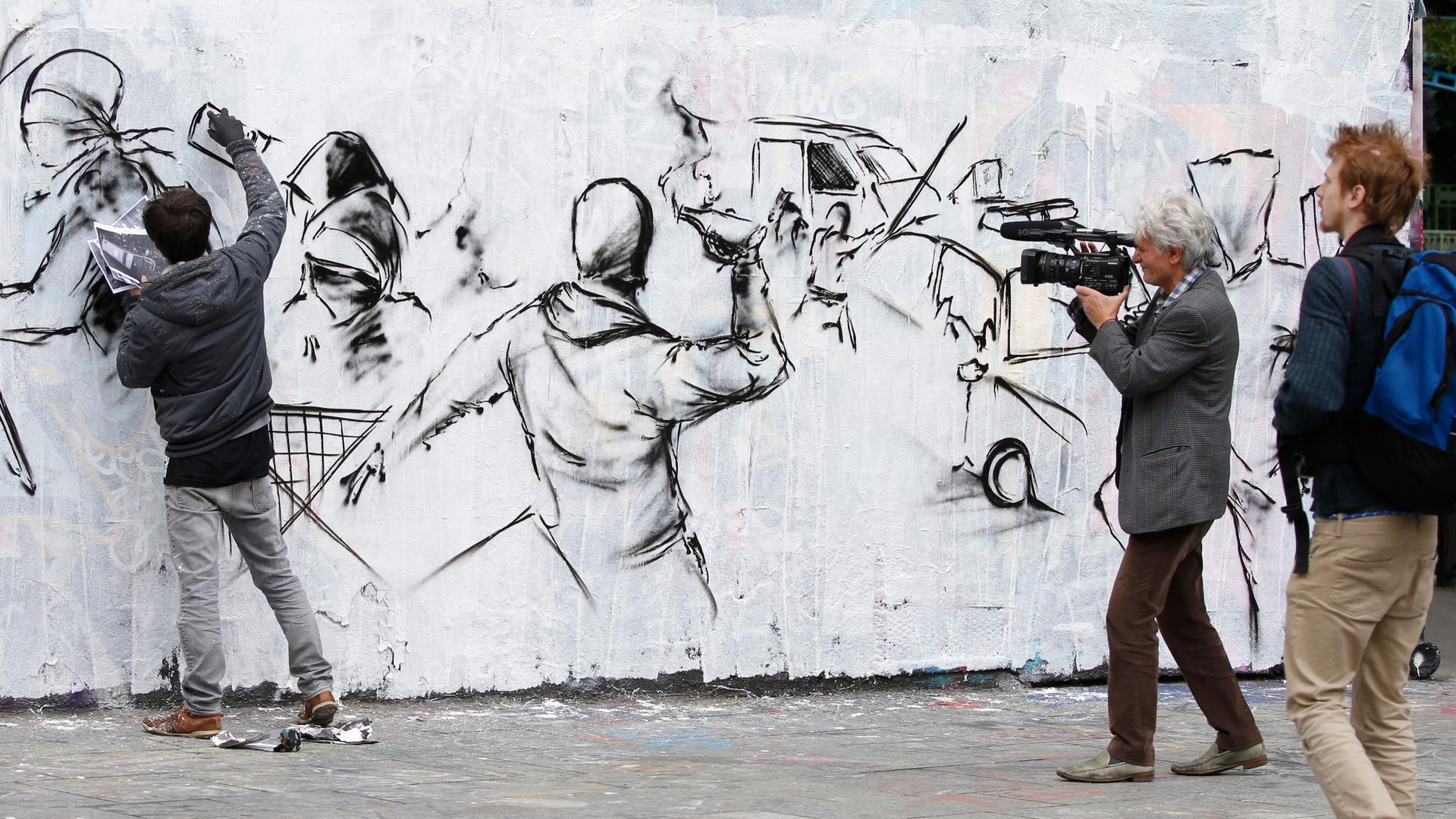Several French lawmakers are now compelled to hinder accountability, not racial injustice.
If you want to attract a large crowd to a demonstration then the easiest way is to ban it. This old adage is particularly true in Paris, one of the world’s great protest cities, where senior law and order officials regularly issue pointless restrictions on gatherings.
This month, the city’s police prefecture has been quick to outlaw shows of support for Adama Traore, a Frenchman from a Malian background who was allegedly killed while in custody on his 24th birthday four years ago, after fleeing an identity check in a nearby suburb. They said that the coronavirus pandemic would make a proposed rally outside the Tribunal de Paris, the court complex in the north of the city, too dangerous.
Sure enough, some 20,000 people turned up anyway, just as thousands did at later protests by the Eiffel Tower and on Place de la Concorde. Just as many are expected at illegal demonstrations organised for this weekend.
Passions are running high, not least of all because of the similarities between Traore’s death and that of George Floyd in the US state of Minnesota.
Both men suffered asphyxiation while in police hands and have become international symbols of institutionalised racism, and in particular the lethal violence used against dark-skinned suspects.
The major difference between the two cases is that key circumstances of Floyd’s alleged murder are supported by contemporaneous video provided by witnesses using mobile phones. Floyd is seen gasping for mercy as an officer kneels on his neck for almost nine minutes.
Such a graphic record is not available in the Traore case, and this is why allegations are vehemently contested by those accused of killing him. In consequence, a criminal trial, or any kind of solid chance of closure, are still a very long way off.
Despite the obvious advancement of justice in people filming appalling events, there are moves underway in France to make the broadcasting of any film that might identify police and military officers involved in such scandals illegal.
Eric Ciotti, a conservative MP, has proposed a bill aimed at “protecting” those in the line of duty because “being recognised in the media and on social media might put their lives and their families in danger.” He is backed by 29 other legislators in the lower house of parliament.
Chillingly, the legislation would include a year in prison and a €15,000 ($17,079) fine for those misusing their cameras. Thus anyone caught capturing evidence of brutality by the authorities would risk becoming a victim themselves.
The suggested ban comes at a time when French police regularly try to snatch and destroy phones, or – if they want to be marginally less provocative – ask people to delete images. They are acutely aware that valid complaints against them have ballooned alongside the number of citizen recorders using their devices.
It was too late for Adama Traore, but the near constant use of cameras at French demonstrations by the anti-government Gilets Jaunes (Yellow Vests) from November 2018 turned the issue of police violence into a subject for international debate.
A stream of horror videos included protesters losing eyes and hands to ordnance, while others showed crowds succumbing to the noxious chemical weapons that are routinely used indiscriminately against gatherings across France when police fear disorder.
During the coronavirus lockdown, there were further examples of police excesses caught on video, and particularly against ethnic minorities. Three officers in the southern town of Beziers face prison sentences, for example, after they were filmed in April dragging a handcuffed suspect along the ground and sitting on him in the back seat of a patrol car just before he died in their police station.
Mohamed Gabsi, a Muslim from an Arab background, was only 33 and the father of three young children.
There was a time when nobody would ever have heard of Gabsi again, let alone his suspicious death, but thanks to footage, and the ease with which it can be instantly distributed, the wider world has a very good idea about what he went through.
This is why groups have been set up to ensure maximum exposure. One called Police Violence Emergency(Urgence violences policières) provides a free app for people to send images to a secure server, where they can be stored for future legal use.
Its organisers say they are following in the noble tradition of “cop watching” that started in the USA in 1991, when construction worker Rodney King was filmed being beaten by four police thugs.
The King footage was sent to a local news station and was repeatedly broadcast around the world before and after the officers were acquitted in a criminal court, triggering the Los Angeles riots.
Nobody pretended there was anything new in what happened to King, it was just that everybody could see it. Commenting on race-related police brutality more recently, the actor Will Smith summed the situation up by saying: “Racism is not getting worse, it’s getting filmed”.
The truth is that the right to film police is now a crucial public safeguard, particularly in the case of street protests, identity checks and other potential flashpoints.
In an age when camera technology is growing more sophisticated by the day, any attempt to ban recording is likely to be as futile as trying to outlaw demonstrations.
More than that, it displays a grotesque cynicism that threatens human rights and civil liberties, while putting people in potentially lethal danger.
Author: Nabila Ramdani
Nabila Ramdani is an award-winning French-Algerian journalist, columnist and broadcaster who specialises in French politics, Islamic affairs and the Arab world.
Source










Discussion about this post